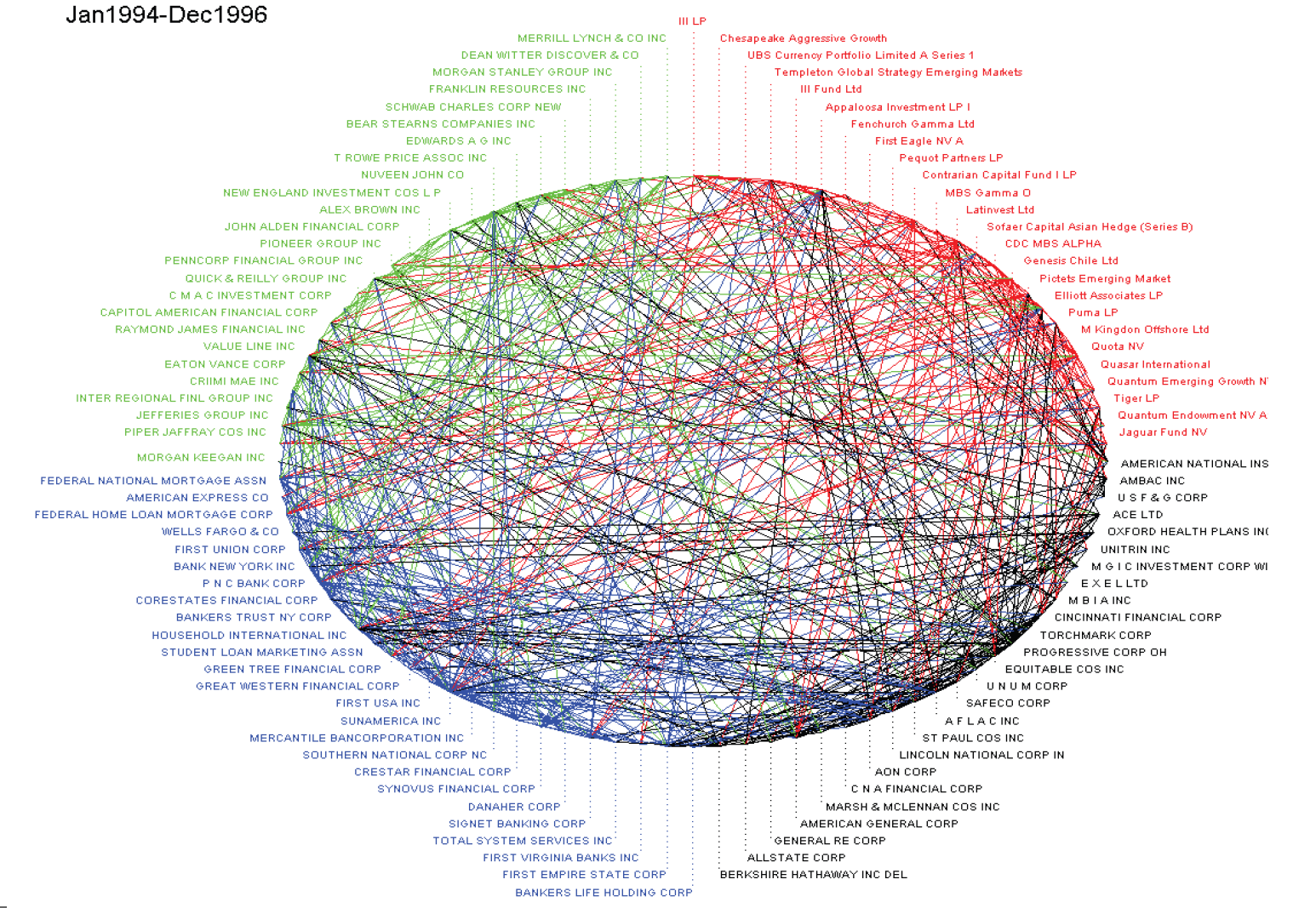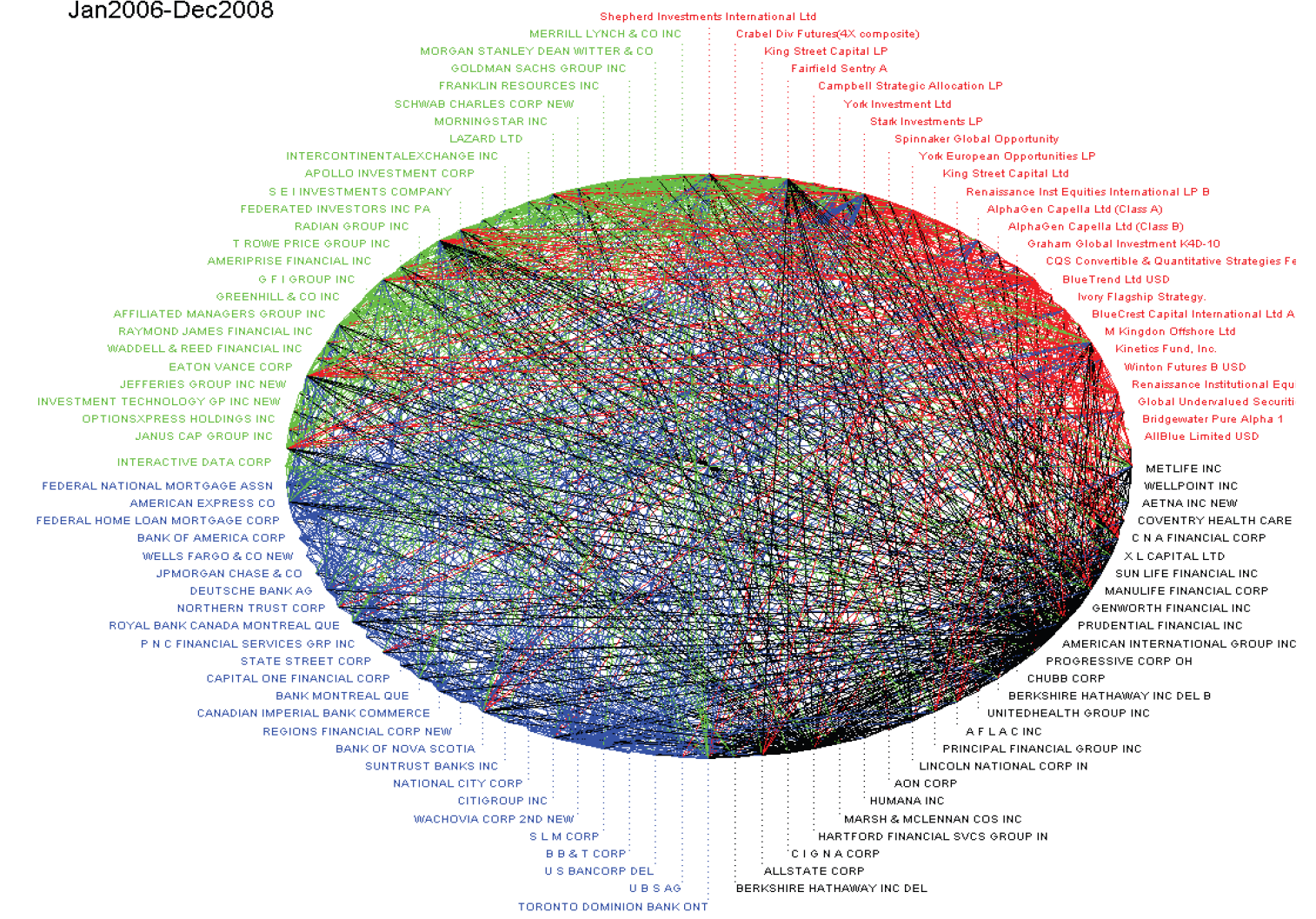An anonymous blogger thinks they found a contradiction:
I noticed a contradiction: the Austrian School advocates against price fixing and economic planning, and the Austrian School advocates a gold standard, which can be seen as a way of fixing the rate of change of the size of the money supply through economic planning.While it’s true that many Austrian economists (Mises, Rothbard, Hayek, etc.) write in reference to gold as money and use such definitions in their thought constructs, the context of their writing must first be understood. The majority of the dominant Austrian economic literature today was composed at a time when gold was still considered money in some aspects of the global economy. It was only after 1971 when Richard Nixon took the U.S. off the gold standard (not a true gold standard bu bear with me) completely, thus shattering the Bretton Woods agreement, that the transformation of the dollar into a full fiat currency backed only by the “full faith and credit of the United States” was complete. The “full faith and credit” of course refers to the government’s ability to pillage its citizens of their earned wealth.
So many times when Mises or Rothbard refer to money as gold, it’s because an international gold standard, albeit an incredibly flawed one, was still in operation at the time of most of their writings.
As far as Austrians advocating a return to a gold standard, this is an often misinterpreted position. Austrians recognize the efficiencies and wealth generating ability of the uninhibited market. They are wary of government intervention which interferes in the process of billions of remunerated individual transactions en masse that encompasses a market economy. Austrians merely wish to extend their laissez-faire views to the creation and sale of a specific commodity: money.
Rothbard, writing in The Case for a Genuine Gold Dollar, summarizes what such a standpoint would mean:
The best known proposal to separate money from the state is that of F.A. Hayek and his followers. Hayek’s “denationalization of money” would eliminate legal tender laws, and allow every individual and organization to issue its own currency, as paper tickets with its own names and marks attached. The central government would retain its monopoly over the dollar, or franc, but other institutions would be allowed to compete in the money creation business by offering their own brand name currencies. Thus, Hayek would be able to print Hayeks, the present author to issue Rothbards, and so on. Mixed in with Hayek’s suggested legal change is an entrepreneurial scheme by which a Hayek-inspired bank would issue “ducats,” which would be issued in such a way as to keep prices in terms’ of ducats constant. Hayek is confident that his ducat would easily out- compete the inflated dollar, pound, mark, or whatever.Market competition always vets out the inefficiencies of lackluster firms while improving the quality and lowering the price of whatever good or service is produced. Extending this outcome to the sphere of currency production would generate the same results as those currencies that are perceived as low in value or purchasing power would fail to garner widespread use. Prices are only ever determined by consumer valuation; this is no different when applied to currency and its purchasing power.
If I were to obtain a printing press and begin producing sheets of “James E. Millers” and attempted to pass them off as currency, no one outside of a few naive children would likely accept them as money. The promise of value from a lone seller is normally not sufficient for the universal acceptance of a medium of exchange. Money acts best to facilitate transactions when it holds a few specific qualities: it’s recognizable, easily divisible, and durable. This is why gold, which holds all of the listed qualities, was historically used as a currency for thousands of years. When Austrians advocate for a return to a gold standard, there is an implicit assumption that if legal tender laws, capital gain taxes on alternative currencies, and the requirement that taxes in general are paid in dollars (or whatever country’s respective currency) are abolished, gold would most likely make a roaring return as a universally accepted medium of exchange.
Gold’s historical use also explains why it acts as a hedge against profligate government spending and currency debasement. See the past ten years alone in the U.S.:


Austrians are not on the side of government enforcement of a gold standard outside of basic contract enforcement. As Gary North puts it, “whenever governments enter the money business, the public should expect monkey business.” The government must relinquish itself from all monetary control as such inevitably leads to indirect public debt monetization, perpetual inflation, the boom and bust business cycle, and banking sector cartelization. The free market, meaning the decentralized actions of millions, must dictate how currency develops to prevent the mentioned abuses.
In short, the Austrian position is that people can use whatever commodity they desire as money. However, an archaic system of multiple types of money (think chickens, cattle, eggs, butter, grains, cigarettes, pebbles, seashells, etc.) isn’t the best way to foster a dynamic and encompassing economy. This is why a universal good such as gold and silver end up emerging as a widely accepted medium. Government interference or acquisition of this process distorts a once democratic market process in favor of a coercive system that enriches a few at the expense of the general public.
As far as the asinine Warren Buffet quote (“[Gold] gets dug out of the ground in Africa, or someplace. Then we melt it down, dig another hole, bury it again and pay people to stand around guarding it. It has no utility. Anyone watching from Mars would be scratching their head.”), all Mr. Buffet must ask himself is if gold really has no utility, why is it dug up in the first place? Are gold miners nothing more than mindless drones infatuated with its shiny luster? I think we can agree not for man acts with purpose- the purpose of gold mining being that gold itself is accepted as valuable.
Opponents of the gold standard fail to understand what money really is, the danger in state control over money, and how the market process is capable of creating a sustainable monetary system. This is why they come up with illogical claims such as Mr. Buffet’s. For those that derive a great deal of their income by influencing government policy, they want nothing more than to prevent and marginalize the return of a true gold standard.




